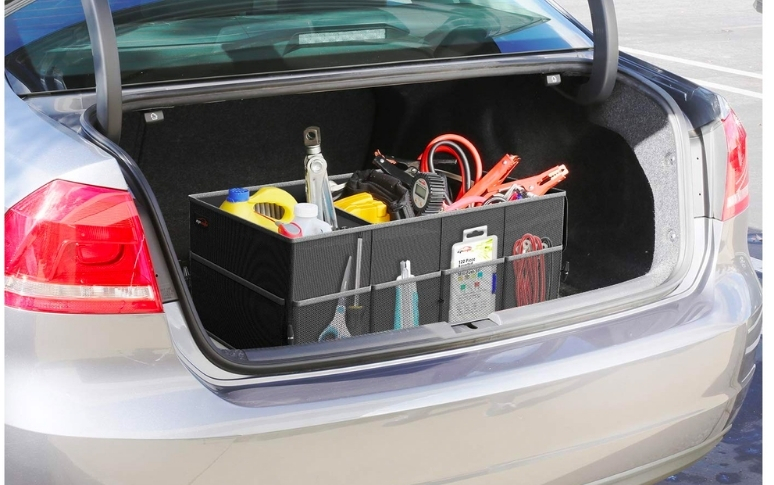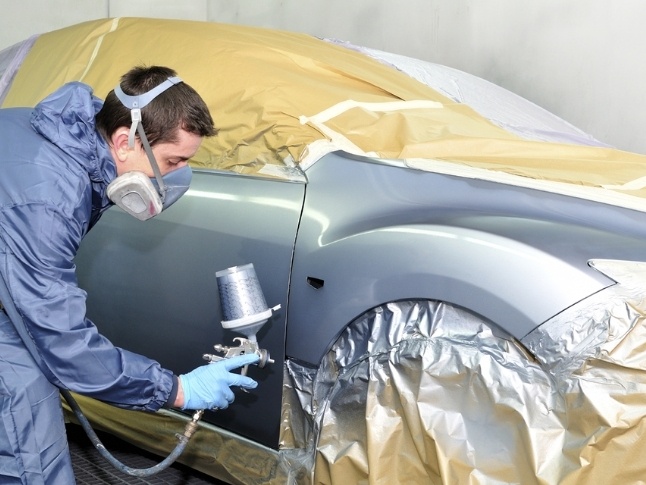Car Loan Secrets: 10 Ways To Get The Best Deal
Getting a car loan doesn't have to be hard. These 10 ideas from experts will help you get better terms, lower interest rates, and maybe even save thousands of dollars over the life of your car loan.
1. Plan Your Budget in Advance
Before you go car shopping, you need to make a full budget. Take a look at your monthly income and spending to see what you can really afford without putting too much strain on your budget.
Financial experts say that you should keep all of your car costs, like loan payments, insurance, gas, and maintenance, to less than 20% of your monthly take-home pay. Keep in mind that auto repairs can come up out of the blue. Having some extra money set aside can help you avoid stress and missed payments in the future.

2. Choose a Car within Your Budget
The best car is one that doesn't make you worry about payments at night. It could be tempting to get that high-end model with all the latest features, but choosing a car that fits your budget will make you happier in the long run.
You could want to look at secondhand models that are trustworthy and have already lost a lot of value. In 2025, a lot of cars that are two to three years old will have almost all the characteristics of new cars but cost 20 to 30% less. This means you can get more car for your money or lower your loan amount by a lot.

3. Choose the Right Loan Tenure
When choosing the right loan term, you need to find a balance between how much you can afford to pay each month and how much interest you will pay in total. Longer loans (72–84 months) have lower monthly payments, but they add a lot to the total cost and often leave you owing more than the automobile is worth for years.
Most buyers find that 48 to 60 months is the best amount of time for them. This gives them fair monthly payments and keeps interest rates low. If you can easily make the payments on a 48-month loan, you'll build equity faster and save thousands of dollars in interest compared to longer periods.

4. Compare Car Loan Rates
Interest rates can be very different from one lender to the next, so searching around for the best rate is one of the best ways to save money.
Before going to dealerships, get pre-approval from at least three separate places, such as your bank, credit union, and an online lender. This method not only gets you better rates, but it also gives you a stronger bargaining position when the dealer offers to finance your purchase.
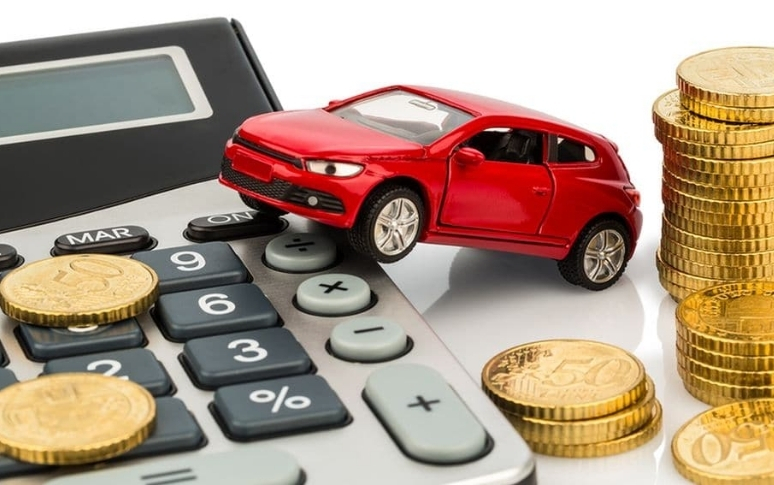
5. Maintain a Healthy Credit Score
Your credit score has a direct effect on the interest rate you can get, which might save or cost you hundreds of dollars over the life of your loan. Check your credit reports for mistakes and fix them if you need to before applying for a loan. If you wait a few months to raise your score by 50 points, you might save a lot of money on your car loan.
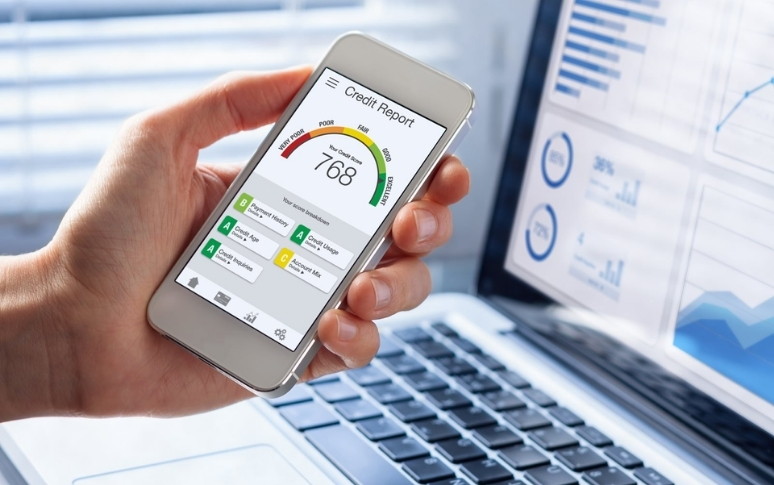
6. Avoid Building a Mountain of Debt
Responsible borrowing includes not giving in to the need to spend more money on upgrades or features that you don't need. Experts say that your entire debt-to-income ratio, which includes your new automobile payment, should be less than 36%.
Before you go shopping for a loan, use an online loan calculator to figure out exactly how much your monthly payment will be based on the size of the loan, the interest rate, and the period. This preparation stops the usual mistake of merely thinking about monthly payments and not the whole cost of financing.
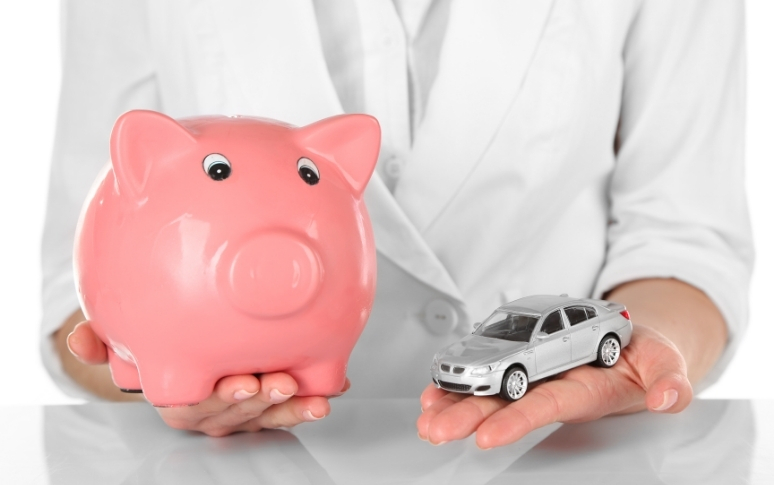
7. Keep an Eye Out for Discounts and Deals
If you plan your purchase carefully, you can save a lot of money on both the price and the terms of the loan. The greatest times to get discounts are usually around the end of the month, the end of the quarter, and on holiday weekends.
Manufacturers often offer special financing rates as low as 0% to 1.9% when they switch models or clear out their stock. Military personnel, first responders, recent college graduates, and loyal customers may be able to get even lower rates or cash rewards that can be added to negotiated savings.

8. Read the Fine Print
Car loan contracts often provide information that might have a big effect on how much money you owe. Before you sign, make sure to read the fine print for prepayment penalties, required arbitration terms, and other products you didn't ask for. Pay close attention to whether the interest rate is fixed or variable. If it's variable, your payment could go up without warning. Knowing these things can help you avoid expensive surprises and offer you the chance to negotiate bad terms before you sign the deal.

9. Negotiate the Prices and Terms
The price on the sticker is just the beginning of the negotiation, not the end. In 2025's competitive market, most cars sell for 4–8% less than the manufacturer's suggested retail price (MSRP). Discounts of even more than 8% are feasible on less popular models or during slow sales times.
First, talk on the price of the car before talking about financing or trade-ins. Once you've agreed on a fair price for the car, you may use your pre-approved financing to get the dealer to agree to even better loan conditions, which could save you thousands of dollars over the life of the loan.

10. Avoid Purchasing Any Add-Ons
Dealership finance offices often try to sell you add-on goods that raise your loan amount by a lot but don't seem to be worth the money. Extended warranties, gap insurance, paint protection, and maintenance packages are routinely priced 100% to 300% more than what they really cost.
Adding these items to your loan in 2025 could raise your overall loan amount by $3,000 to $5,000. If you really want these protections, look into third-party choices that usually offer the same coverage for a lot less money than the dealership.
